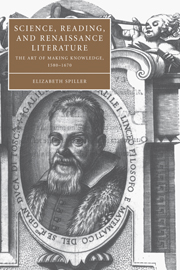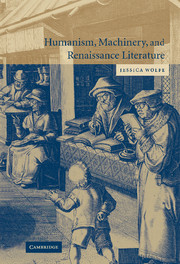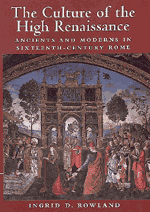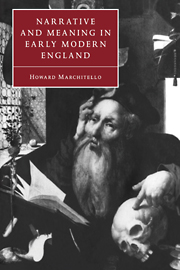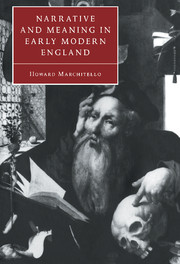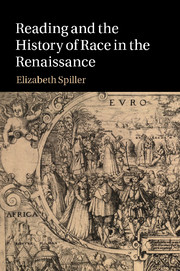Science, Reading, and Renaissance Literature
This monograph documents the development of two cultures and disciplines: science and literature--through a shared aesthetic of knowledge. It brings together key works in early modern science and imaginative literature, ranging from the anatomy of William Harvey and the experimentalism of William Gilbert to the fiction of Philip Sidney, Edmund Spenser and Margaret Cavendish.
- Offers analysis of material central to two fields by including major figures in both: Galileo, Hobbes, Sidney, Spenser and Cavendish
- Afterword connects the historic development of science and literature in early modern period to contemporary 'science wars' controversies
- Contains valuable and informative illustrations
Reviews & endorsements
"Spiller offers some fascinating insights into how both imaginative and scientific writers in this great age of discovery used texts to create new knowledge through the process of reading. [...] Spiller's perceptive parallel readings of texts usually kept separate is a valuable addition to the scholarship on the early modern period, as well as to the study of science and literature." Times Literary Supplement
"A similarly original, learned, and compelling book... Fascinating chapters brilliantly pair Sidney's Defence of Poesy and William Gilbert's On the Magnet, the accounts of creation/generation in Spenser's Faerie Queene with William Harvey's Disputations, Galileo's Starry Messenger and Johann Kepler's response in Dream, and finally Robert Hooke's Microcosmographia with Margaret Cavendish's writings, which present a vitalist theory of reading to oppose the mechanism of Hobbes and Hooke. Spiller's superb discussion of Cavendish places her appropriately in very serious company. Studies in English Literature
"Spiller's study of the practices of making knowledge charts new territory in the growing field of scholarship on science and literature...it demonstrates the powerful utility of literary analysis. Rather than place literature in the service of science or harvest scientific texts for their literary insights, Spiller sets the two discourses (which share a great deal) on equal footing, providing a truly interdisciplinary analysis of what it meant to make knowledge in the Renaissance." Sixteenth Century Journal Cynthia Klestinec, Georgia Institute of Technology
"Science, Reading, and Renaissance Literature is a smart and engaging contribution to our production of knowledge" The Spenser Review Mary Floyd-Wilson
Product details
July 2004Hardback
9780521830867
230 pages
234 × 159 × 19 mm
0.524kg
8 b/w illus.
Available
Table of Contents
- List of figures
- Acknowledgements
- Introduction: making early modern science and literature
- 1. Model worlds: Philip Sidney, William Gilbert and the experiment of worldmaking
- 2. From embryology to parthenogenesis: the birth of the writer in Edmund Spenser and William Harvey
- 3. Reading through Galileo's telescope: Johannes Kepler's dream for reading knowledge
- 4. Books written of the wonders of these glasses: Thomas Hobbes, Robert Hooke and Margaret Cavendish's theory of reading
- Afterword: fiction and the Sokal hoax
- Notes
- Index.

